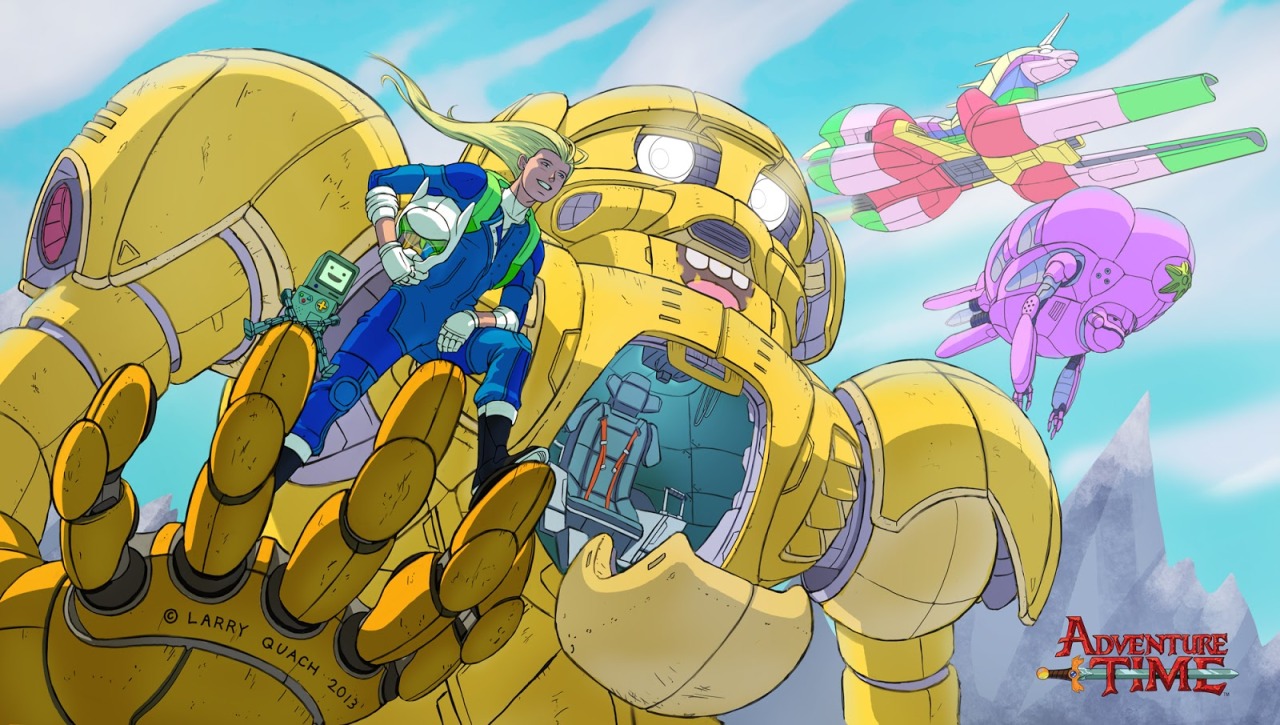
- completed a pre-assessment on creative problem solving
- learned about theoretical vs experimental probability while learning to play RISK
- learned the rules of a tabletop role-playing game (a homebrew D&D 5th ed. lite)
- role-played a few sessions with classmates
- written a short story, told from the point of view of their character
- explored the concept of point-of-view and bias in narrative (and written an essay about it)
- practiced reading a map and using a map legend
- created and stocked their own location-based adventure settings (dungeons)
- modified an adventure setting to increase its difficulty level
- run one or more RPG sessions as a GM
- created a new imaginary creature, complete with game stats
- modified our existing rules set, adding new character classes, rules for criticals, new skills, etc
At that point it will be time to set them to work on their culminating project for the nine-week class:
Design a new game for a setting or world that you find compelling [super heroes, vampires vs werewolves, alien hunters, stone aged tribal drama, martial arts reptiles, etc]

Technique:
- students are provided with a list of “inspiration sparkers”
- students may work collaboratively with permission
- students will submit game proposal using template provided
- students will develop systems for describing characters, conflict resolution, and advancement
- students will develop content describing setting, hazards, and rewards
- students will play test their game
Here are my thoughts for a project rubric that will be used to guide the students:
Character Attributes
|
Conflict Resolution
|
Hazards
|
Rewards
|
Advancement
|
My game uses attributes that reflect or support the theme of the setting.
My game uses either random rolls or player choice to allow creation of a variety of setting-appropriate characters.
|
My game includes one or more systems for resolving the most common types of conflict faced by characters within the setting.
My system supports the themes of the setting.
|
My game includes a variety of hazards that support its setting and themes.
The hazards provide challenges that can be overcome or bypassed in multiple ways
Hazards are presented that can challenge both beginning and experienced characters.
|
My game presents a variety of in-game rewards, some of which have the potential to change or enhance characters’ attributes, conflict resolution, or resources.
|
My game has a system for changing and / or improving characters over time as a result of their experiences and adventures.
|
Maybe this will implode, maybe we'll never get this far, but maybe ... just maybe ... some of the kids will cook up something wonderful and strange and new!

No comments:
Post a Comment